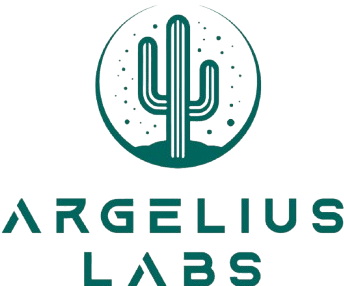Daniel Meisler recently created a framework called Fabric, which does something that sounds simple but turns out to be revolutionary: it removes the friction between humans and AI.
While attending one of Meisler’s Augmented virtual trainings featuring Fabric, he made a few predictions about our future relationship with AI. He believes it’s inevitable that we’ll all eventually have AI personal assistants with access to our email and other personal data. This isn’t just speculation – we’re already seeing the advantages that early AI adopters have over those who haven’t yet embraced the technology.
But Meisler asks a more interesting question: if this future is coming, why aren’t we doing everything possible to get there now? This is the kind of question that seems obvious in retrospect, but wasn’t obvious until someone pointed it out. It’s like how in 1997 it wasn’t obvious that search results should be ranked by importance rather than just showing every page containing the search term.
Fabric is Meisler’s answer to his own question. Instead of waiting for some hypothetical future where AI integration is seamless, he’s building tools to make it seamless now. The Fabric framework includes numerous detailed AI prompts called “patterns.” Each pattern can receive input and perform a specific task based on the input.
Let me give you an example of what this means in practice. Suppose someone sends you a 47-minute video and says “You should watch this.” The old way of handling this would be to either watch the whole thing, or more likely, not watch it at all. With Fabric, you can run the “summarize” pattern followed by the video link, and within seconds you get a markdown-formatted summary of the main points of the video.
This might not sound revolutionary. After all, we’ve had video summarization tools before. But what’s different about Fabric is how it removes all the friction from the process. There’s no website to visit, no account to create, no API key to configure. You just type a command and get results.
This pattern-based approach is powerful because it’s extensible. The video summarization is just one example. You could create patterns for any kind of AI interaction you frequently do. Want to extract action items from meeting notes? Create a pattern. The framework handles all the plumbing, so you can focus on defining what you want the AI to do.
What’s particularly interesting about Fabric is that it points to a future that’s different from what most people imagine when they think about AI assistants. The popular vision is usually something like Jarvis from Iron Man – a fully autonomous AI that you talk to like a person. But Fabric suggests a different model: AI as a set of tools that are so seamless to use they feel like extensions of your own capabilities rather than separate entities you have to interact with.
The implications of this are significant. As AI capabilities continue to advance, the limiting factor won’t be what AI can do, but how effectively humans can interact with it.

